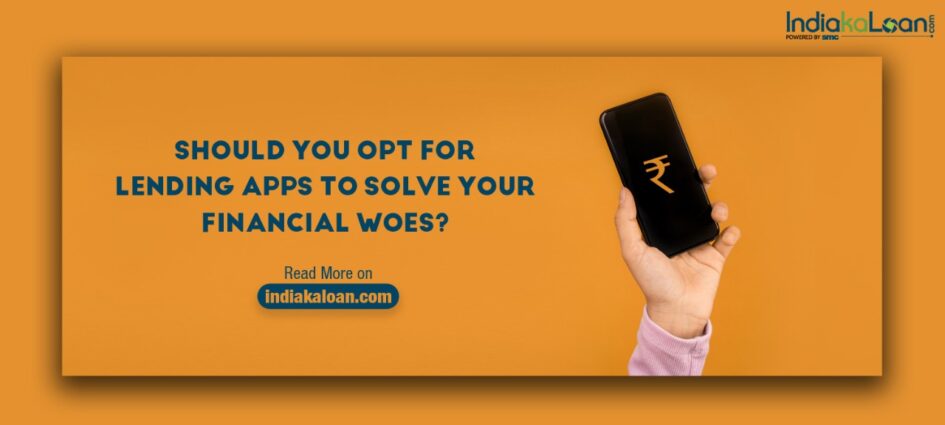It would be interesting to note that mobile lending apps in India that give small-ticket loans for a shorter duration are lapped up by salaried people, college-goers, the informal workforce, and those who do not fall in the income bracket for banks to serve them.
These unsecured loan apps disburse quick loans even to those without any credit history or collateral. However, they have come under heavy criticism for charging high-interest rates, short repayment cycles, high-handed recovery methods, and misuse of borrower’s data.
One cannot deny the fact that today these lending apps have become an integral part of the Indian financial scene which dispenses loans to a large chunk of the population. Their value increased manifold during the COVID-19 pandemic as the economy melted and job losses increased.
It would be worth recounting here that around 1.7 billion people around the world do not have a bank account which makes them vulnerable to wily moneylenders and at risk of being deprived of government and welfare benefits which are mostly, digital.
In India, the scenario is no different with about 190 million adults outside the formal financial sector which is the most after China as per the reports of the World Bank.
A large chunk of the Indian population, particularly those who lost their jobs during the pandemic, resorted to the use of unregulated apps to cover up for their lost income. There have been instances where an individual used as many as 25 apps to avail loan!
The speed with which these fintech companies disburse the loan makes them endearing to the masses. Think of it, a digital lender can approve and disburse a loan of Rs. 25,000 to a college-goer in minutes.
The flip side of this however is that apps get access to the borrower’s phone’s location data, contacts, apps, and text messages for the credit risk assessment and this is made explicit to borrowers.
However, intimation alone cannot be considered as meaningful or informed consent. Most lending apps in India read their users’ phone contacts, and more than half read their text messages.
The use of English is another hurdle that comes in the way of informed consent. Those who cannot understand the language would find it difficult to assess the advantages and cost of data acquisition correctly.
The individual needs to understand how their data can be misused. For example, the misuse of personal data like location history can pose a great threat to women and other sensitive groups.
In such a scenario, it will come as a respite to many that digital lenders in India, quite a few of which are run by corporate governance standards of their private equity investors, have set up a “consumer empowerment” body and are rooting for a code of conduct for the industry. Moreover, there is also a need for greater transparency and clarity on existing guidelines which would save the interest of the borrowers and bring the entire scenario under control.
Till that happens it can only be said that if you are approaching lending apps to avail loans then you have to exercise utmost caution and check the antecedents of these apps or else there is every possibility of being fleeced as has happened to many who approached them without much thinking and have to pay for their haste.


Leave a Reply